Ceasefire announced between Iran and Israel, but fighting continues on ground
A ceasefire between Iran and Israel has been announced after US- and Qatar-led diplomacy, but continued missile strikes and air defence activity on both sides have cast doubt on its immediate effectiveness.
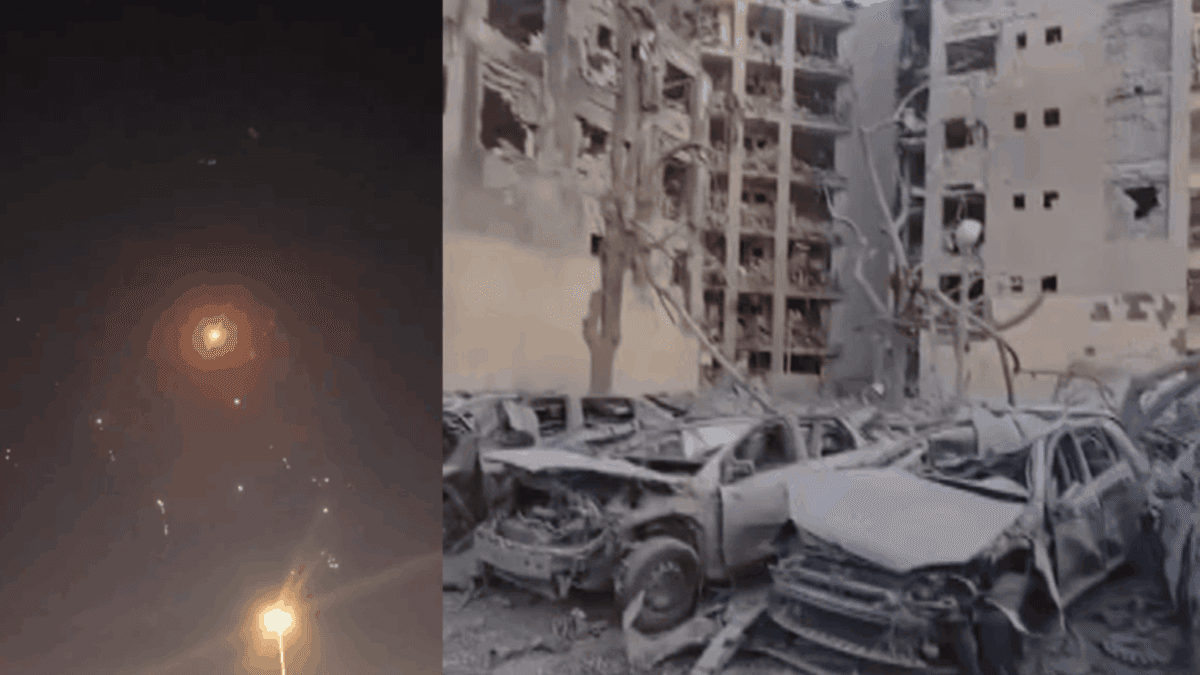
- US President Trump announced a phased ceasefire between Iran and Israel on 23 June 2025, mediated with Qatar’s help.
- Fighting has continued, with missiles still striking Israel and Israeli air raids reported in Tehran.
- Iran portrays the truce as imposed on Israel, while Israel has not formally confirmed the ceasefire.
- US strikes on Iranian nuclear facilities were a major precursor to the deal but sparked criticism in Congress.
- Oil prices dropped after the ceasefire news, easing fears of prolonged disruption.
A ceasefire agreement between Iran and Israel was announced late on 23 June 2025, but continued fighting on the ground has raised doubts about whether the truce is holding.
The deal came after intensive diplomacy led by the United States and Qatar. US President Donald Trump declared that Iran and Israel had agreed to what he called a “complete and total ceasefire,” structured in phases over 24 hours and intended to end the “12-day war.”
Trump credited behind-the-scenes negotiations and the intervention of Qatar’s Emir for persuading Iran to accept the US terms. Qatar’s role was seen as pivotal after Iranian missile strikes earlier targeted a US base in the country.
Iran, Israel respond cautiously
Despite the White House’s announcement, Iranian state media portrayed the ceasefire as a victory forced upon Israel. An anchor on Iran’s National News Network said the truce was “imposed on the enemy” thanks to Iran’s successful missile operations and national unity.
On the Israeli side, missile alerts continued across several regions. The Israel Defense Forces (IDF) reported fresh launches from Iran, one of which struck a residential building in Beer Sheva, killing three civilians and injuring six, according to emergency service Magen David Adom.
In Tehran, CNN reported visible anti-aircraft fire lighting up the skies after the ceasefire declaration, suggesting Iranian defences remained on alert.
Iran’s Foreign Minister Abbas Araghchi had hinted earlier that military operations ceased around 4 a.m. Tehran time, but he stressed that any truce was conditional on Israel halting its attacks. Hours later, reports emerged of renewed Israeli strikes in Tehran, with evacuation warnings issued for several districts.
US role and nuclear strikes
The ceasefire announcement followed major US military action. The previous weekend, American forces struck three Iranian nuclear facilities. Trump claimed the strikes had “obliterated” Iran’s nuclear capabilities, a move he described as decisive in bringing Tehran to the negotiating table.
Critics in Washington questioned both the legality and the risks of the strikes, which were carried out without congressional approval. Democratic lawmakers have since renewed calls for legislation limiting presidential war powers.
Economic ripple effects
Oil markets reacted quickly to the news of a ceasefire. Brent crude fell 1.8% to US$67.17 per barrel, while West Texas Intermediate dropped 2% to US$67.13. These declines reversed earlier price spikes driven by fears of prolonged regional conflict.
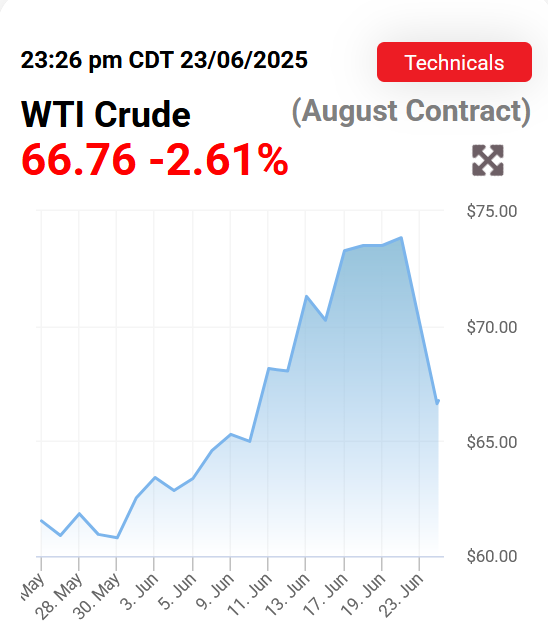
Uncertain future
While Trump and Republican allies hailed the ceasefire as a diplomatic and military success, scepticism remains widespread. Both Iran and Israel have yet to issue coordinated statements confirming the truce, and continued hostilities suggest neither side is ready to de-escalate fully.
The durability of the ceasefire will depend on developments in the coming days. Without a clear halt to military operations, observers warn that the fragile truce could collapse, reigniting a conflict with wide-reaching regional and global consequences.


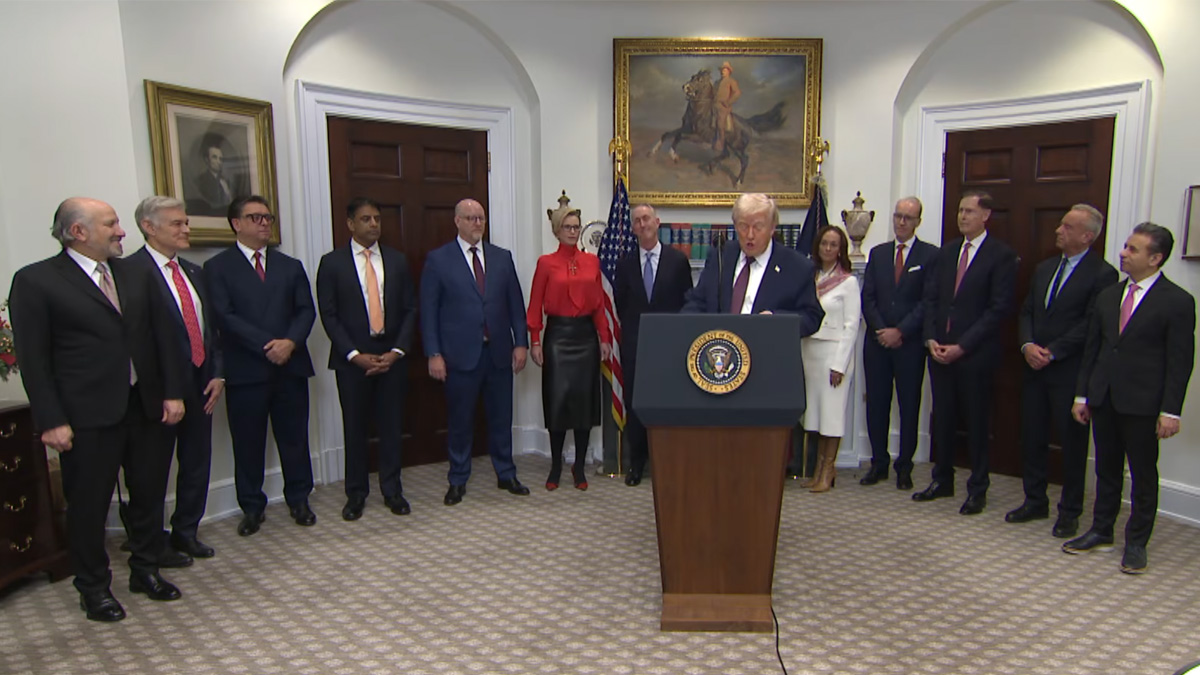


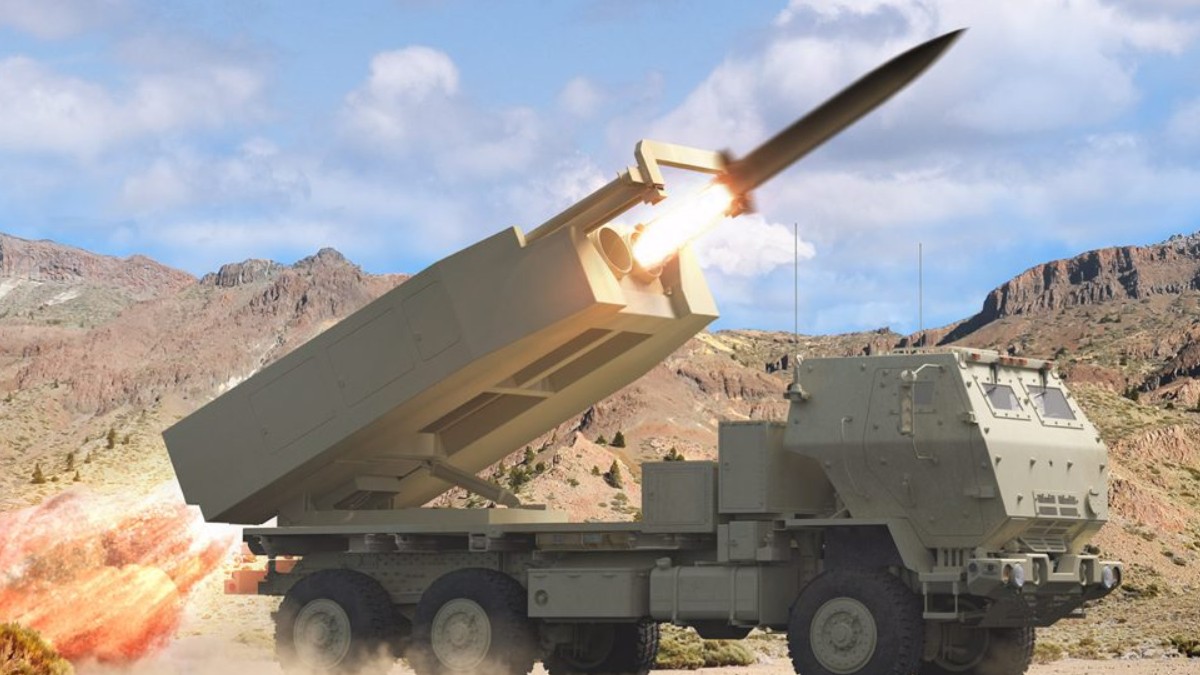
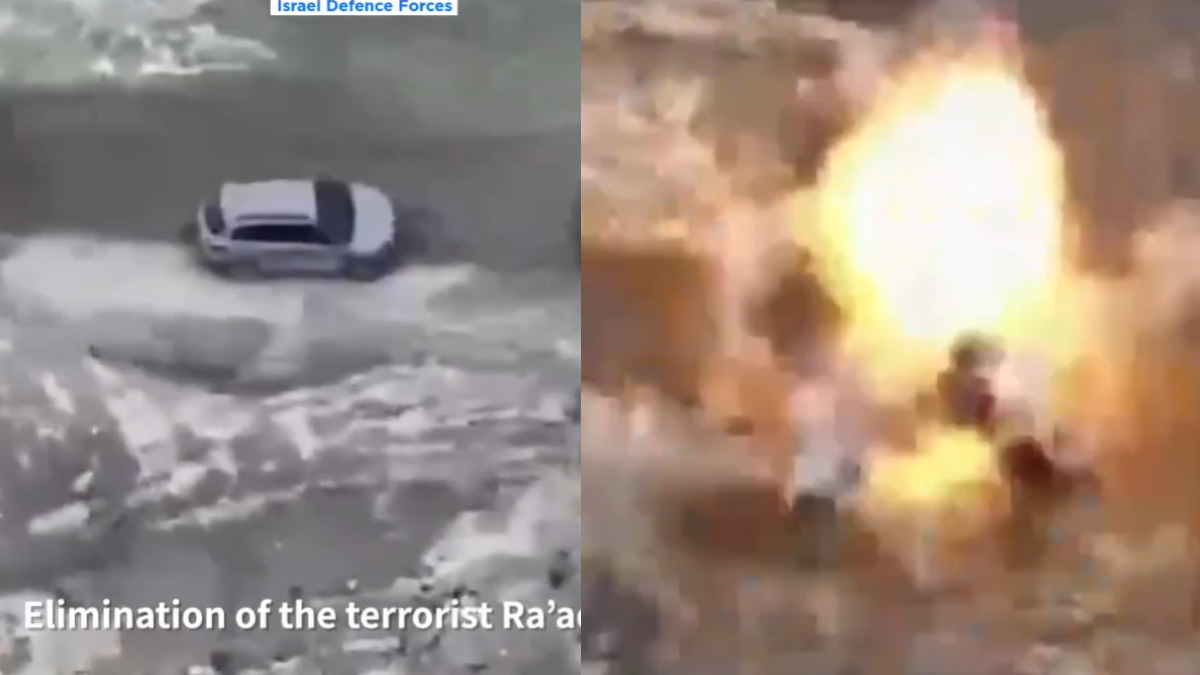
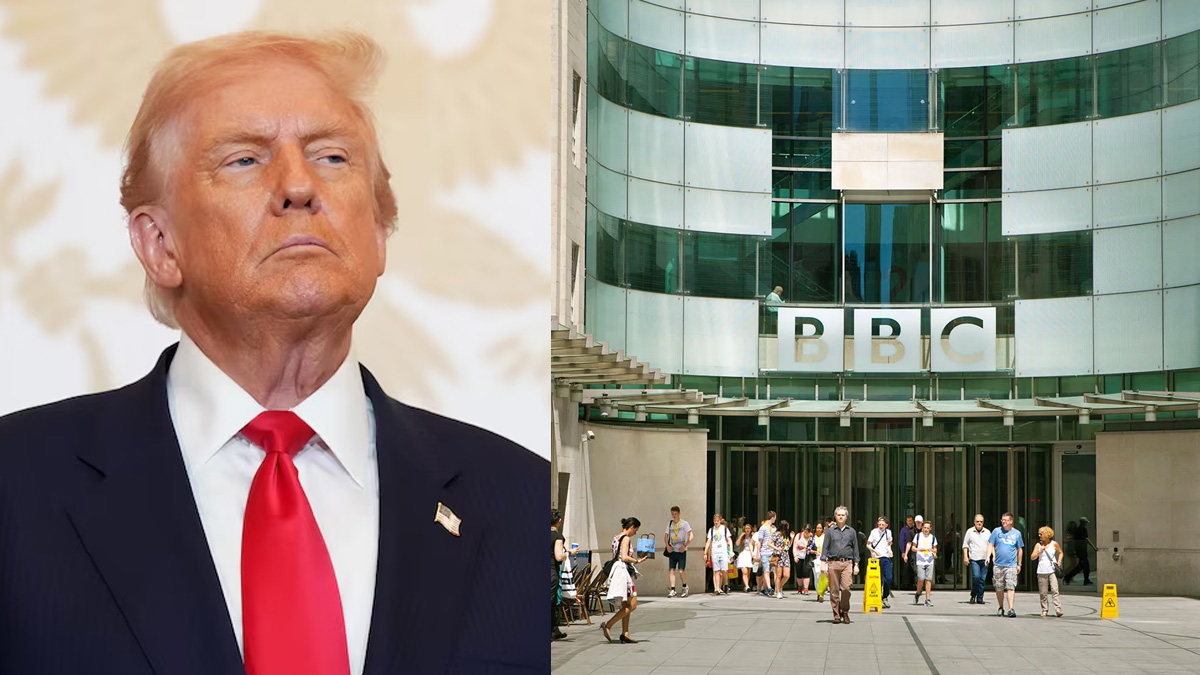
0 Comments